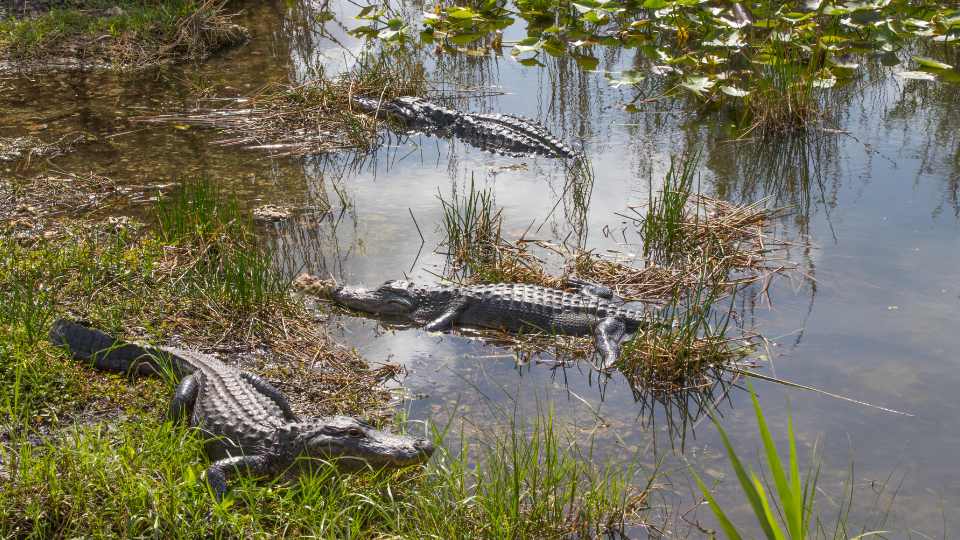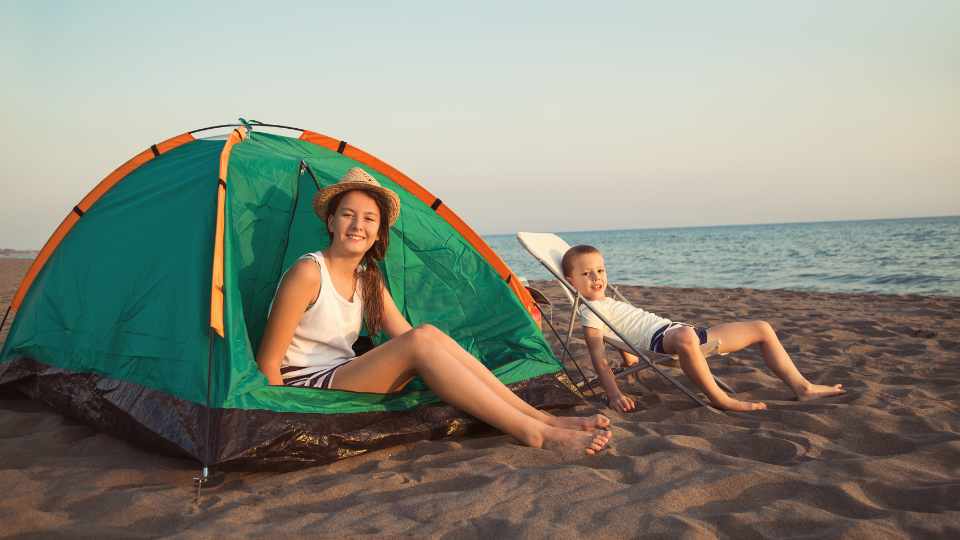
Camping in Florida is a unique experience that offers stunning views of tropical foliage, waterfronts, and wildlife. With its diverse landscapes, Florida has become a popular destination for camping enthusiasts. From beach camping to fall foliage, the Sunshine State has something for everyone.
Florida offers a plethora of camping options, ranging from state parks to private campgrounds. With so many choices available, it can be challenging to decide where to pitch your tent. To help you plan your next camping trip, we have compiled a list of the best camping spots in Florida. Whether you’re looking for a peaceful getaway or an adventure-packed vacation, you’re sure to find your perfect spot in Florida.
Why Florida for Camping?
Florida is a paradise for outdoor enthusiasts, with a diverse range of natural landscapes and a warm climate that makes it an ideal destination for camping. Whether you’re looking for a secluded spot in the wilderness or a family-friendly campground with all the amenities, Florida has something to offer.
One of the main reasons why Florida is so popular for camping is its mild climate. With average temperatures ranging from the mid-60s to mid-80s throughout the year, campers can enjoy outdoor activities without worrying about extreme heat or cold. This makes Florida an ideal destination for camping year-round.
Another reason why Florida is a great place for camping is its diverse range of natural landscapes. From pristine beaches and crystal-clear springs to lush forests and wetlands, Florida offers a wide variety of scenic locations for camping. Whether you prefer hiking, fishing, kayaking, or simply relaxing in nature, there’s something for everyone in Florida.
In addition to its natural beauty, Florida also has a well-developed camping infrastructure, with a wide range of campgrounds and RV parks throughout the state. Many of these campgrounds offer amenities such as showers, electricity, and Wi-Fi, making it easy to enjoy the great outdoors without sacrificing comfort or convenience.
Overall, Florida is an excellent destination for camping, offering a unique combination of natural beauty, mild climate, and well-equipped campgrounds. Whether you’re a seasoned camper or a first-timer, Florida is sure to provide an unforgettable camping experience.
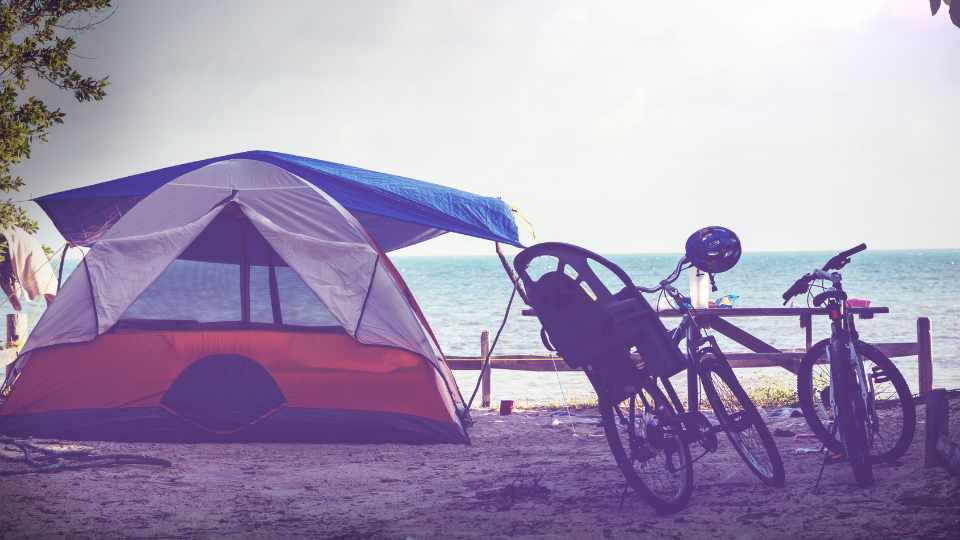
Best Time to Camp in Florida
Florida is a popular camping destination all year round due to its mild winters and hot summers. However, the best time to camp in Florida is during the cooler fall months from September to November. During this period, the temperatures are mild, the humidity is low, and the bugs are fewer, making it a perfect time to explore the outdoors and enjoy a pleasant camping experience.
It’s important to note that the hurricane season in Florida runs from June to November, with the peak season being from mid-August to late October. Therefore, it’s advisable to check the weather forecast and hurricane warnings before planning a camping trip during this period.
During the winter months, from December to February, the temperatures can drop to as low as 40°F at night, making camping uncomfortable for some people. However, if you’re prepared for the cold weather, you can enjoy a quieter camping experience with fewer crowds.
In the spring, from March to May, the temperatures start to rise, and the weather is pleasant. However, this is also the busiest time for camping in Florida, with many people flocking to the state to enjoy the warm weather and beautiful scenery.
In summary, the best time to camp in Florida is during the fall months from September to November. However, if you’re prepared for the cold weather, you can also enjoy camping during the winter months. It’s important to check the weather forecast and hurricane warnings before planning a camping trip during the hurricane season.
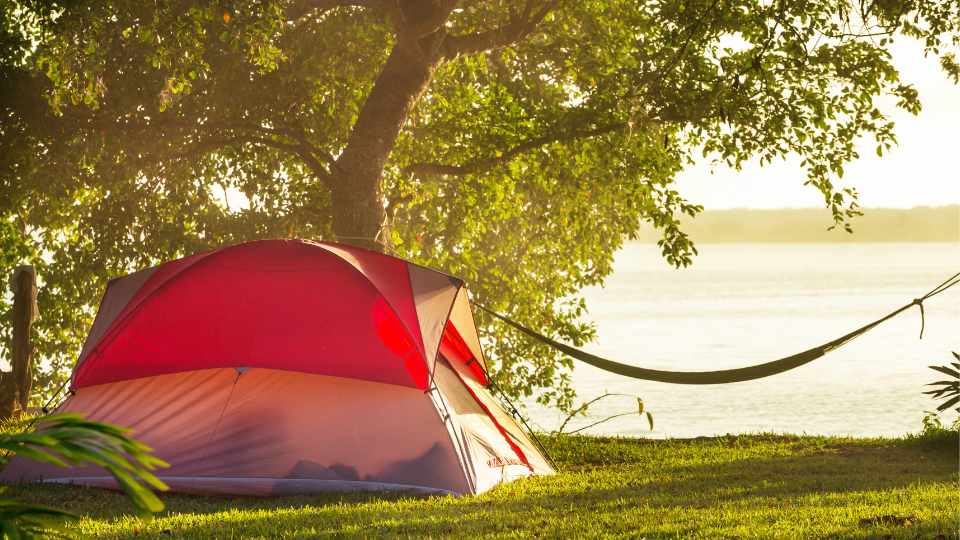
Top Campgrounds in Florida
Florida is a great place to go camping, with a wide variety of campgrounds to choose from. Here are some of the top campgrounds in Florida:
Everglades National Park
Everglades National Park is a unique and beautiful place to go camping. There are several campgrounds in the park, including Long Pine Key Campground, Flamingo Campground, and the backcountry campsites. The campsites are primitive, with no electricity or running water, but they offer a chance to truly experience the wilderness of the Everglades.

Fort De Soto Park
Fort De Soto Park is located near St. Petersburg and is one of the most popular camping destinations in Florida. The park has two campgrounds, one of which is located right on the beach. The campsites are spacious and well-maintained, and there are plenty of amenities, including showers, restrooms, and a camp store.
Anastasia State Park
Anastasia State Park is located near St. Augustine and offers a beautiful beach for swimming and sunbathing. The campground has 139 campsites, including 24 with full hookups. There are also picnic areas, a playground, and a nature trail.
Bahia Honda State Park
Bahia Honda State Park is located in the Florida Keys and is known for its beautiful beaches and crystal-clear waters. The campground has 80 campsites, including some that are located right on the beach. There are also picnic areas, a playground, and a nature trail.
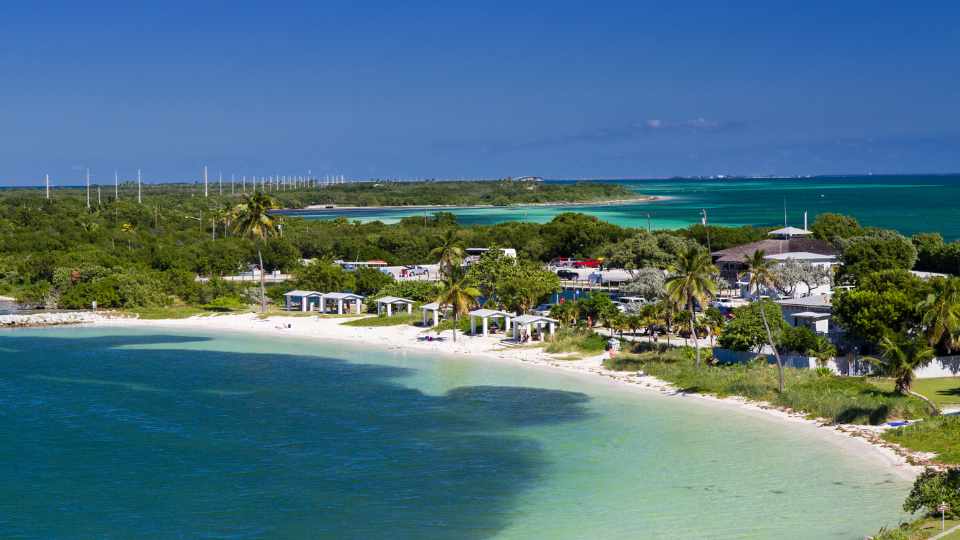
Blue Spring State Park
Blue Spring State Park is located in central Florida and is known for its crystal-clear springs and the manatees that gather there in the winter. The campground has 51 campsites, including some that are located right on the water. There are also picnic areas, a playground, and a nature trail.
Overall, Florida has many great campgrounds to choose from, each with its own unique features and attractions. Whether you’re looking for a beach vacation, a wilderness adventure, or something in between, you’re sure to find the perfect campground in Florida.
Camping Safety Tips in Florida
Camping in Florida can be an exciting and enjoyable experience, but it’s important to keep safety in mind. Here are some tips to help ensure a safe and enjoyable camping trip:
1. Be Prepared for the Weather
Florida is known for its hot and humid weather, especially during the summer months. It’s important to bring appropriate clothing and gear to stay cool and hydrated. Additionally, Florida is prone to thunderstorms and hurricanes, so campers should be prepared for inclement weather by bringing rain gear and checking weather forecasts regularly.
2. Beware of Wildlife
Florida is home to a variety of wildlife, including alligators, snakes, and bears. Campers should take precautions to avoid encounters with these animals, such as storing food properly and not approaching or feeding wildlife. It’s also important to be aware of the signs of a potential encounter and to know how to react if one occurs.
3. Practice Fire Safety
Campfires can be a great way to enjoy the outdoors, but they can also be dangerous if not handled properly. Campers should follow all fire safety rules and regulations, including using designated fire rings and not leaving fires unattended. It’s also important to properly extinguish fires before leaving the campsite.
4. Use Sunscreen and Insect Repellent
Florida’s sunny climate and abundant wildlife can also mean exposure to harmful UV rays and pesky insects. Campers should use sunscreen and insect repellent to protect themselves from sunburn and bug bites. It’s important to choose products that are safe for the environment and follow all instructions for use.
5. Follow Campground Rules and Regulations
Each campground may have its own set of rules and regulations, such as quiet hours and restrictions on pets or fires. Campers should familiarize themselves with these rules and follow them to ensure a safe and enjoyable experience for everyone.
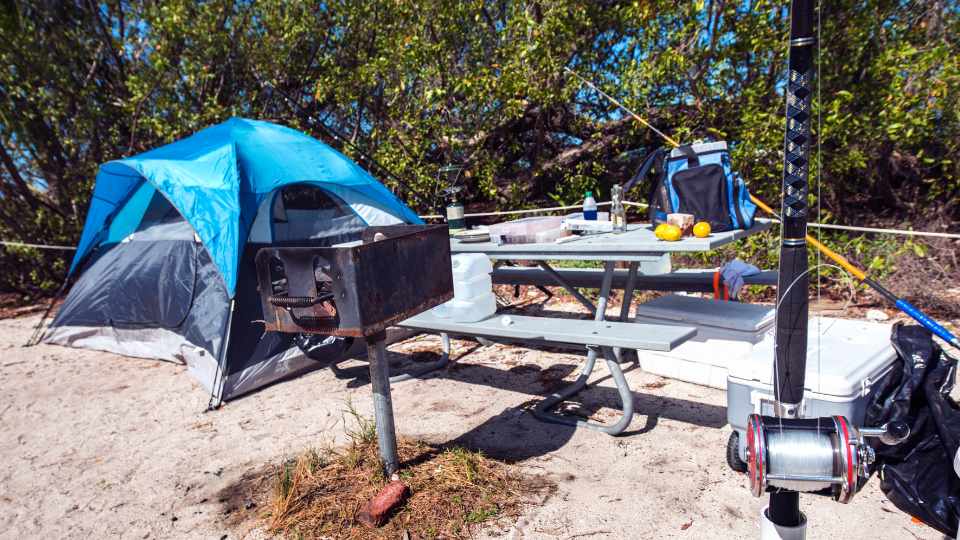
Florida Wildlife to Look Out For
Florida is home to a diverse range of wildlife, and camping in the state can provide ample opportunities to observe some of these fascinating creatures. However, it’s essential to be aware of the potential dangers and take necessary precautions to stay safe.
One of the most iconic animals in Florida is the American alligator, which can be found in many of the state’s waterways. While alligators are generally not aggressive towards humans, it’s crucial to keep a safe distance and never approach or feed them. It’s also worth noting that alligators are most active at dawn and dusk, so campers should be especially cautious during these times.
Another animal that campers may encounter in Florida is the Florida panther, a subspecies of the cougar. These large cats are endangered and extremely rare, but sightings have been reported in some state parks and wildlife management areas. If you do encounter a panther, it’s important to stay calm and avoid running, as this may trigger a chase response.
Florida is also home to a variety of venomous snakes, including the eastern diamondback rattlesnake, the cottonmouth, and the coral snake. Campers should be cautious when walking through tall grass or wooded areas and wear sturdy boots to protect their feet. It’s also a good idea to carry a snakebite kit and know how to use it in case of an emergency.
Other wildlife that campers may encounter in Florida include black bears, bobcats, and a variety of bird species. While these animals are generally not dangerous to humans, it’s important to respect their space and avoid approaching them too closely.
Overall, camping in Florida can be an incredible opportunity to observe some of the state’s unique wildlife. However, it’s important to be aware of potential dangers and take necessary precautions to stay safe. By keeping a safe distance from alligators, staying calm around panthers, and being cautious of venomous snakes, campers can enjoy a safe and memorable outdoor experience in the Sunshine State.
